|
It's hard to believe that I retired 9 years ago. It seems like it was yesterday. I guess that is partly because I haven't totally left school. I still volunteer with small groups a couple of times a week. I was looking back recently and I stumbled on a post I wrote when I first retired. It's interesting to see that my thoughts haven't changed much since I wrote this post. Here is an updated version. Back To School: Reflect And Refresh There were four different things to reflect on: communication, organization, content, and big summer projects. Here are my thoughts from back then and any updates that I feel are important to add. CommunicationThen: This is very important at all times, but at the beginning of the year it is important to create relationships and help new students and their families feel comfortable about sharing with you. Even though I won't have my own class this year, it is still important. It will also be necessary for me to maintain communication with the staff so that I can stay on top of what is happening around the school. Now: As I continue to work with students needing extra support, it will be important to make a relationship with them and let them know that they are in a safe place where they can ask questions and get extra practice. Connecting with the teachers and making sure that we are clear on what they would like me to help the children with is key. Giving them updates and sharing successes and concerns with them is also going to be key to supporting the learning. OrganizationThen: This summer my organization took a different emphasis. I had to pack up and empty out my classroom. I had so much stuff that it took me a couple of weeks to do so. I gave lots of my material to other teachers that are just starting out, recycled and threw away material that was too old or outdated, and brought home the rest. Then I had to sort through the material that I brought home so that I can access things easily when I need them later. Now: I still have many resources that I created and that are relevant for use today when volunteering. I have organized these by subject and I have a bookshelf at school where many of them are stored. I also have some of my hands on activities filed away here at home. I have always been a collector of kids books, so I have a large collection of book sets of different levels at school for when I do reading groups. I do use some of the school's materials, but not often. I have created guided reading book studies for many of the books, so I use those. When I need specific resources for different activities, I make copies from the resources that I have created. ContentThen: I am looking forward to creating materials for my colleagues. I will still be able to work with kids while trying them out in real situations. The content will be determined by the curriculum being taught by my colleagues and by their requests for materials. Now: Resources I use are based on the needs of the students I work with. I try to coordinate what I am doing with themes that the class is working on so that they support each other. If I make resources to use with the students, I often give a copy to the teacher as well. My Big Summer ProjectThen: I am hoping to develop more materials for my TPT store so that I can help to impact student learning even while retired. I am learning so much about how to improve the appearance of my products and my storefronts. It will be a big job, but I am excited to continue learning and improving. Now: This is still my hope, but with new changes to the TPT site, I am making more changes to the appearance and information about my resources. I plan to continue updating more resources and improving them. Well, there you have a then and now recap of my reflections and refreshments. I plan to continue to add more value to what I am creating and I will share this with you in future posts. For now, I hope that you are enjoying your summer and that you are taking some time to do some reflecting and refreshing as well. Here's a task card template that you may enjoy using for creating an activity while you are slowly transitioning from vacationing to planning mode in the next few weeks.
Stay tuned for some back to school tips and ideas for planning the first weeks of school. Some of my colleagues and other teachers here in Canada are just starting their summer breaks, so they may want to put this information aside for awhile and revisit it in a few weeks. For other teachers who are halfway through their summer break, if you are anything like me, your brain is starting to think about the next school year. At first, it's just a few ideas and possible lesson thoughts, but gradually the thoughts increase and start to invade your dreams and nighttime moments. This isn't necessarily bad, but if it starts to take over your thoughts and cause stress, something needs to be done to reduce the stress. Years ago I learned the hard way that it doesn't always pay to have everything planned in detail too far in advance. In our district and many others across Canada, class sizes and grades can be subject to change after the beginning of the school year based on school enrollment and budgets. I remember taking a trip during the early part of the summer and then planning a whole unit for school startup based on some of the ideas and material I gathered during that trip. I had the bulletin boards done and the materials all prepared, when I was told that my grade was going to change. All the work I had done was for naught as it was too difficult for the new grade. I was so disappointed that I had to give up on the idea and come up with a different plan. Fast forward to today, and my advice for teachers is to choose some ideas and broad concepts that can be taught to the grade above and below what you are expecting to teach and build on them for the beginning of the year. Not only will the material be more appropriate for whatever grade you are given, but it also will provide some differentiation for those who need more support and those who need enrichment. After my above mentioned episode, this was the strategy I began to use and it worked well for me for the remaining years of my teaching. Coming up with creative ideas that will capture the attention of your students can be difficult at times, but it's worth it. Take some time during your summer break to think of what kinds of activities capture your attention and see if there's a way of incorporating that feeling into lessons you plan for the beginning weeks of school. You may be amazed at some of the ideas that you will come up with. Because summer time is different for everyone, many children will not do as much work on practicing skills learned during the year, so you will need to be prepared to do review of many of these skills with them when school resumes. Finding activities that help with review and are engaging for those who need less review can be a challenge. Try using some activities that involve real world situations so that you can motivate your students to participate more readily. Hands on activities and concrete examples work best with younger children as they are not always ready for abstract work. Even those who do have that mastered enjoy the hands on activities. Take advantage of this and the engagement will help them to review and reinforce skills so they are ready to continue learning more advanced concepts. The weather is usually still great for getting outdoors, so take advantage of it and plan some lessons for outside. If you add in an element of play or physical activity to the lessons you will involve more of the whole child instead of just the intellectual part. Here's an example that I used when I was teaching music. We would play a version of California Kickball. I was the pitcher and before I threw the ball, the person who was up had to correctly tell me what rhythm I was clapping or answer another musical question. This could be adapted to answering a math question or a science fact or whatever topic you choose, but it combined some form of academics with the game. Maybe you could do something similar with foursquare or a skipping game. These are just a few tips to consider as you are spending time relaxing during the summer. Try to remember to enjoy your time off and not get too caught up in the planning for the next school year yet. There will be time for deeper planning as the break gets nearer to the end. Related PostFor some, summer break is just beginning, and for others, it is halfway through. This is a time for having fun, enjoying family time and friends, and taking time away from school studies. However, learning and practicing skills doesn't have to end. It just needs to be approached in a different way. Just think of all the different things that can be done during the summer that can be turned into learning experiences. All we need to do is stop and take a closer look and we can see math and science all around us. We can learn about social studies and practice our skills during our outdoor adventures. Camping ActivitiesCamping is a great way to explore nature and learn more about the environment. It's a family time that can lead to many adventures and discoveries. There are many different types of activities that can be done that can enrich the learning experience. Go on hikes and explore the trails and the different scenery. This provides opportunities to make comparisons between different areas and what can be found there. It's also a great way to get exercise. Going on nature walks is a great way to get to learn more about the different plants and animals that are local to the area. Scavenger Hunt And Nature ArtOrganize a scavenger hunt where family members search for specific plants, insects, rocks, and other natural items. Create a scavenger hunt list that includes different types of leaves, birds, insects, and rocks. As you find each item, discuss interesting facts about them. For example, talk about the lifecycle of a butterfly or the different types of rocks and how they form. This activity promotes observation skills and teaches about local plants and animals. Use natural materials collected during the scavenger hunt to create art projects. Make leaf rubbings, paint rocks, or create a nature collage. This promotes creativity and appreciation for nature. Beach AdventuresSpending time at the beach and summer vacations go hand in hand, so use this time to have fun and learn at the same time. Depending on where the beach is and what kind of water body it is can provide different experiences. Rivers and lakes will be different from the sea or ocean and they will provide a different landscape to discover. Depending on where you are, you can collect shells, build sandcastles, and explore tide pools. This could be a great time to discuss the purposes and similarities or differences of the different water bodies as well how they behave in different manners. Vacation TravelsIf you go on trips or outings, have children keep a travel journal. They can write about the places they visit, draw pictures, and note interesting facts. This activity enhances writing skills and geographical knowledge. Before leaving, check out different special activities, landmarks, and events that may be happening and plan to incorporate some of these in your itinerary. You could explore local museums that focus on art, history, science or culture. You could also attend local festivals to experience traditional music, dance, food and crafts. These are all good ways to learn about the culture and history behind the celebrations. If you are going to areas that are more isolated or away from city centers, you could do activities that explore the area and create memories of the experiences. Day Trip ActivitiesIf you wish to stay close to home or take day trips, there are many types of activities that can be done to enrich learning experiences. Here are a few ideas. Spend a day at a science center or planetarium. Participate in hands-on experiments and watch educational shows about space and science. Visit aquariums and zoos to learn about marine life and animals. Attend feeding sessions and educational talks. Visit a local farm to learn about agriculture and animal care. Participate in activities like picking fruits, feeding animals, and milking cows. Go geocaching, and search for hidden caches while learning about the locations you visit. It's important for kids to have fun this summer and enjoy being with family and friends. But I would also like to encourage you to help them take some time to learn more about the world around them and keep building on the skills they learned throughout the school year. This will set them up for success in the new school year. Related PostsSummer time is supposed to be fun, but we don't want kids to stop learning for a couple of months so here are some ideas to keep the learning happening while enjoying the summer break. Many of these ideas can be used throughout the year as well. Math happens all around us, but we often overlook it. There are so many different real world activities that can be done that involve math. Here are a few ideas to try. Measurement activitiesCooking and baking are great ways to practice using measurement and then enjoying the food afterwards. When measuring ingredients, kids get practice with fractions, addition, multiplication, and division. They also get to learn about temperatures. For more measurement practice, use rulers, tape measures, or measuring cups to measure objects around the house. Compare lengths, weights, and volumes to practice measurement skills. Outdoors activitiesKids love to be outdoors during the summer, so take advantage of that time to incorporate some math activities. Sports is a great way to do math. Kids can keep score, calculate averages, and measure times and distances. For example, how far they can throw a ball or how long they can run. Get out into nature with math. Kids can collect natural items like leaves, rocks, or flowers and use them for counting, sorting, and pattern-making activities. They can explore concepts like symmetry and classification. They could also do a math scavenger hunt where they look for different shapes, patterns, and objects. Working With MoneyThere are a few different ways that money lessons and practice can be done. Here are some ideas to consider. 1. Create a store and practice counting money, making change, and budgeting. 2. Go shopping. Give the kids a budget and let them help with making a shopping list, comparing prices, and calculating totals. 3. Do a yard sale and let the kids have an area or table where they can sell some of their things. Let them take responsibility for handling the money for their sales. They could also have a lemonade stand or sell cookies as part of this activity. Physical activitiesAdding movement or physical activity to math can help reinforce concepts in a fun way. Here are some ideas to consider. 1. Use jumping rope, clapping games, or songs to practice skip counting and multiplication tables. 2. Solve math problems while playing hopscotch. 3. Do some timed running activities and practice graphing the results afterwards. Critical thinking/Spatial reasoning activitiesBeing able to think critically and reason spatially are skills that require practice. Jigsaw puzzles and games of logic work well here. Many board game activities can also work. Building things also helps. Here are a few ideas to try. 1. Use building toys like LEGO or blocks to explore geometry and spatial reasoning. Challenge children to build specific shapes or structures and discuss their properties. 2. Solve number puzzles and riddles together. You can find these in puzzle books or online, and they help with logical thinking and problem-solving skills. 3. Work on jigsaw puzzles, Sudoku, or other logic puzzles that require spatial reasoning and critical thinking. This is only a small sampling of things that can be done to incorporate math activities into real world situations while having fun. They will enjoy doing these kinds of activities and reinforce or maintain their skills without them even realizing it. After all, summer is supposed to be a break from school so doing lots of worksheets and math lessons is not really the way to get the kids engaged when they just want to get outdoors and enjoy their break. Related PostsAs summer approaches, children everywhere look forward to a well-deserved break from the school routine. While summer is a time for relaxation and fun, it's also important to provide opportunities for kids to stay engaged to prevent the "summer slide" – the tendency for students to lose some of the academic gains they made during the school year. Making sure that the activities are fun and don't feel like work will help to keep them motivated and interested in participating. There are many ways to do this. Games are one way to do so, but there are other ways too. Here are some ideas. Use Educational GamesBoard games and online games can cover a wide range of subjects and they are fun to play. Some can be played with others, and some are meant to be played alone. Games like Scrabble and Monopoly incorporate literacy and math skills. For younger children, word games, Snakes and Ladders or Bingo are some other games that can work. Online games are interactive and can cover a range of subjects, from math and science to reading and art. Read RegularlyReading is one of the best ways to keep skills sharp over the summer. Encouraging kids to pick books that interest them, whether it’s an adventure story, a fantasy novel, or a non-fiction book about animals can help them develop reading habits. Many local libraries also offer summer reading programs that reward kids for reading. Write OftenWriting journals can help kids to keep track of their daily adventures, activities, dreams, and other memories. Creating stories and poems or writing letters are other ways to practice writing skills. Creating a memory box to store these items in could be a great way to encourage them to look back at their writing in future years. Real Math ActivitiesMath doesn’t have to be just worksheets and flashcards. Involving kids in cooking helps them practice measuring ingredients. Playing games that require counting and strategy helps develop number skills and critical thinking. Shopping trips can turn into math lessons that tally prices and calculate discounts. Real math activities help kids see its importance in everyday life. Do Hands On Science ActivitiesScience is all around us, and summer is the perfect time for hands-on experiments and exploration. Simple experiments like making a baking soda and vinegar volcano, growing crystals, or even cooking can teach kids about chemistry and physics. Nature walks and trips to the local zoo or science museum can spark curiosity and provide real-world learning experiences. Family Activity TimesSummer is a great time for family outings and activities that combine fun with learning. Visit museums, historical sites, or botanical gardens. Many places offer interactive exhibits that are both educational and engaging. Even a family hike can become a biology lesson as you identify plants and animals along the trail. The goal of doing these types of activities is to help kids maintain the academic skills they worked so hard on during the school year. They can avoid the summer slide and return to school in the fall ready to succeed. Remember, the goal is to make learning enjoyable and natural, seamlessly blending education with the joys of summer. Here is a sports themed game board that might be fun to use for creating some different games or activities. Related PostsSummer is the perfect time to have fun and explore the wonders of science! With the sun shining and plenty of free time, it's an opportunity for kids to engage in hands-on experiments that spark curiosity and ignite a love for learning. Science doesn't have to be boring or complicated. In fact, it can be a thrilling adventure that sparks curiosity and fuels the imagination. Here are some exciting and easy science experiments that can be done at home or in the great outdoors. Get ready to have fun while discovering the amazing world of science! Experiment 1: Bubbling Magic - Dancing RaisinsDo you know that even raisins can dance? Gather some carbonated water, a clear glass, and some raisins. Pour the carbonated water into the glass and drop a few raisins in. Watch in amazement as the raisins bob up and down like magic! This experiment demonstrates the concept of buoyancy and gas release. Experiment 2: Density Delight - Floating EggEver wondered if an egg can float? Find out by conducting this experiment. Fill a tall glass with water and carefully place an egg in it. Observe whether the egg floats or sinks. Now add salt to the water, stir until it dissolves, and repeat the process. Witness the surprising change in the egg's behavior! This experiment explores density and its impact on buoyancy. Experiment 3: Colorful Creations - Milk And Dish SoapPrepare for a dazzling display of colors! Pour some milk into a dish and add a few drops of different food coloring. Dip a cotton swab with dish soap into the milk and watch as vibrant swirls and patterns emerge before your eyes. This experiment showcases a chemical reaction and the concept of surface tension. Testing Out Gravity - The Clink-Clunk TestHere is another experiment that you might like to try. It is always surprising for kids to see the results. This was a favorite for my students. Summer is the perfect time to engage in exciting science experiments that combine fun and learning. These four experiments are just a taste of the countless possibilities that await you. From watching raisins dance, to seeing if eggs float or sink, to swirling patterns in milk, there is so much to explore and learn. So, gather your materials, invite your friends and family, and let the summer science fun begin! Get ready for an extraordinary summer filled with science, exploration, and endless possibilities. Let your imagination soar as you dive into these fascinating experiments. Have a blast and enjoy the wonder of scientific discovery! Related PostsHow many times have you heard an adult say they are no good at math or that they hate math? So many times, it isn't that they weren't capable, but that they were never really shown how to do it with real world applications or with understanding. They were just taught algorithms and formulas and didn't see why they needed them. The way math is taught now is very different, or at least it should be. I am a strong believer in making sure that things make sense so that they can be applied to other situations. What might seem straight forward or clear to one person might make no sense at all to another person. Just think about the different ways math is used. It isn't just adding, subtracting, multiplying and dividing numbers. It is also measurement, geometry, coordinates, graphing, statistics, just to mention a few. Some people are really good at numbers and calculations, while others have great spatial awareness, and some can solve puzzles while others struggle to see the relationships between shapes and designs. Math has it own language as well. This can be confusing for some people. Word problems are very hard for some people to figure out. Over the years, i discovered that it is necessary to go back to the basics and make sure that the building blocks are in place before attempting more complex or abstract concepts. When I was working with intermediate students in small groups, I found that many of them didn't know their basic facts and they struggled with addition and subtraction strategies. This made multiplication and division almost impossible for them to do well. I took them back to the basics and in time they were doing much of the work covered in class with some proficiency. They still needed extra support, but it was starting to make sense to them. They even started to enjoy math instead of dreading it. You can find out more about ways to help kids improve in this blog post. Practicing math skills during the summer will go a long way in helping to maintain skills for the new year. There are plenty of fun and engaging activities you can plan for kids during the summer that incorporate math and keep them learning. Here are some ideas: Math themed scavenger huntCreate a scavenger hunt where kids have to solve math problems or puzzles to find hidden objects or clues. You can design it around a specific math concept, like geometry or fractions, and hide clues or objects that reinforce those concepts. Cooking and baking Involve kids in cooking and baking activities that require them to use measurements, conversions, and fractions. Encourage them to follow recipes, measure ingredients, and calculate serving sizes. They can also explore the concept of ratios by experimenting with different ingredient proportions. Outdoor measurement explorationTake advantage of the outdoors to explore measurement concepts. Have kids measure the height of trees, the length of their shadows at different times of the day, or the circumference of various objects using a measuring tape or ruler. They can record their findings and compare measurements. Math board gamesIntroduce kids to math-focused board games or card games that involve strategic thinking and problem-solving. Games like Monopoly, Set, or Sudoku can help improve their math skills while having fun. Math art projectsCombine math and art by engaging kids in geometric art projects. They can create symmetrical designs, tessellations, or use grids to draw patterns. This allows them to explore concepts like symmetry, shapes, and angles while expressing their creativity. Math related craftsEncourage kids to engage in crafts that involve math concepts. For example, they can create paper origami shapes, construct 3D models using geometric shapes, or design and build structures using various materials. These activities promote spatial reasoning and critical thinking skills. Math apps and online gamesUtilize educational math apps and online games that provide interactive learning experiences. There are numerous apps and websites available that offer math games, puzzles, and quizzes suitable for different age groups. Math journalingHave kids maintain a math journal where they can record and explore math concepts they encounter in their daily lives. They can write about real-life applications of math, solve problems, or illustrate concepts. This encourages reflection and critical thinking. By integrating math into summer activities, you can help children strengthen their math skills while having a great time. Related PostsSometimes it can be challenging to find activities that engage kids as the school year ends or during the summer. Puzzles are fun to do and they help keep kids active and learning at the same time whether they are at school or at home. They can also be done at many different times of the year. Puzzles can be great for challenging our brainsPuzzles can be fun to solve and they challenge our brains to think. They are a great way to make connections between what we know and what we want to learn or discover. They can be big or small, intricate or simple, for groups or for individuals.They can be done indoors or outdoors depending on the type of puzzle used. Types of puzzlesThere are many different types of puzzles available. Some require following clues, other require manipulating pieces. Some can be done wherever you are, and some require moving around or going to other locations. The type of puzzle you choose will depend on who is going to be solving it, what the purpose of the puzzle is, and how much time is available for it. If you are going to other locations, method of travel may also need to be factored in. Here are some examples of different types of puzzle: • puzzle hunt with encrypted codes • following a timeline or identifying key objects or events • scavenger clues hunt • team puzzle hunt (In class or with other classes) • unpublished geocache Puzzle hunt with encrypted codesThis can be done in many ways. One of the simplest is to find different signs in an area and find the hidden word on each sign to lead you to the answer. I recently did one of these with a group of students. It was done with smartphones, but it doesn't have to be that sophisticated. Pen and paper can work just as well. We moved around a park that had rocks with quotes on them. We needed to figure out the codes by counting lines and letters on each rock. The kids were broken up into groups of 4 and they were given a time limit to complete the challenge. Solving math equations or answering questions to find the codes could be added for a more difficult form of puzzle hunt. Following a timeline or identifying key objects or events (like in a local museum)Following a timeline or identifying key objects or events (like in a local museum) This could be as simple as going through an exhibit and putting events in the correct order, or answering questions about different objects located there. Questions or clues could be prepared ahead of time, and on a field trip to the museum they could be used as a tool for gathering information to be discussed as a follow up to the trip. Create a scavenger clue huntCreate a scavenger hunt for home or for the classroom that requires finding different clues for the final reward. Here is a sample from one that my granddaughter and I made for her younger brother and sister. I have created a free template for you so you can make up your own scavenger hunt. Team puzzle huntThe class can be divided into groups of 4 and create riddles or clues for objects in the room and then have other groups hunt for the object. This could also be expanded to objects in the school as a whole and other classes could be invited to participate in solving the puzzles. Unpublished geocacheUsing coordinates in the school vicinity, or a neighboring park or forested area, plan a geocaching adventure for your students. You can either hide more than one geocache and give different coordinates to each group of students, or you could create a multi-cache where they must find information to move on to the next location until they arrive at the final cache. If you make it an unpublished geocache, you can remove it afterwards and you won't need to ensure that it is far enough from other published geocaches. Puzzles can be lots of fun, but they are also great ways to get outdoors and use critical thinking skills. Related PostsDuring summer break, how can we ensure that kids have fun, but still keep practicing their skills so they don't become victims of the summer slide? They are ready to play and forget about school for awhile, but it is still important to maintain learning. What is the summer slide?Summer slide is a real thing and it can create a wide range of learning challenges at the beginning of the year if it isn't addressed. Summer slide is the drop in academic levels after a couple of months of inactivity with skills and concepts studied during the year. It can mean more intensive review and relearning may be needed when school resumes if it is allowed to happen. Many families don't think much about maintaining learning activities during the summer. This is not a criticism, but rather an observation. Kids are done with school by the end of the year and they are not eager to continue doing academic work during the summer holidays. Families use the time for vacations, if they are not working, or they are looking for ways to provide daycare for the kids. When they are together, they want to do things that are fun and they don't always see ways to combine the fun with academic practice. Summer school with a twistIn our district, we have summer school for the first month of the summer break. This is not your typical summer school where kids just do academic work, but rather it is a mix of academics and other activities that make learning more fun and connected. It is broken down into 2 week sets and parents can sign kids up for one or two sets. The variety of courses may combine science and art, reading and sports, writing and acting, math and science, STEM, or other combinations of academics and the arts or sports. More ways to link fun and academicsDay camps are another way of getting outdoors, having fun, and hopefully applying some skills learned to practical situations. They may include field trips to different places, art activities, sports, or other games and activities. Tapping into these and reinforcing skills linked to the practical activities is also another way of continuing to use skills and concepts taught at school. Many libraries have programs that happen in the summer. Perhaps kids could be signed up for these. Signing out books to read and participating in puppet shows, or other reading related activities is sure to help keep them engaged and reading throughout the summer. Keeping a journal or diary of vacation adventures or weekly happenings is a great way to encourage writing and also helps with remembering all the things that were done throughout the summer. Sometimes kids will be amazed at how much they did when they look back at their journal. Creating a memory book with photos and drawings is another way of capturing moments for the future. Create some games or ways of keeping track of the different activities so that they are fun to do, but they help kids to keep learning and practicing skills throughout the summer. Grab this sport themed game board to create a variety of different games that can help. Teachers can provide materials and suggestions, but ultimately, the families have to buy into the idea that maintaining skills throughout the summer is important if the summer slide is to be avoided. Check out the related posts below for some specific ideas for the various subject areas. Related PostsSchool is ending for some places, but other places have another few weeks to go before summer break. This is a time when energy is waning and kids are getting restless and distracted. Here are some ideas for ending the year with fun while still learning. Get OutdoorsWe have been cooped up for months and we are itching to get outside. So are the kids. Take advantage of the weather and take learning outdoors. See my last post for ideas for math and social studies that you can do outdoors. Outdoor activities don't all have to be linked to academics. This is a great time to get active with gym ideas, musical games, science experiments, and just having fun as well. It is also a great time to get kids used to the idea of doing things outside to expand and practice their learning during the summer. Science ProjectsThe end of the year can also be a great time to get creative with projects. Science projects are a great choice because they can be done outdoors as well as indoors. Check out this one that my grandson's class did last year. Board Games CreationCreating board games for math or social learning situations can also be fun. These can be partner activities or team activities and once the games are created, you could have a games day where the different board games are played. This free template can be used for creating different games or activities. Create Memory Books Or TimelinesCreate a timeline or a picture walk down memory lane. It is amazing to look back at everything that was done during the year, and creating a picture timeline will help with revisiting some of these special times and all the successes that were part of the year. This could also be done as a memory book or annual that could be taken home for looking back at throughout the years. An autograph or comments page could also be added so that each person could share some special thought or comment. School Fun DaySchool fun days are another popular event for year end. The senior students could create the different activities and run the events for the primary students in the morning, and then have their own events or challenges in the afternoon or on another day. Beach DayBeach days for the whole school or groups of classes are another popular choice for year end. Our school often did a school-wide beach day with many different activities and games. However, because it was the ocean, there was limited access to being in the water because of the large numbers of people to supervise. In recent years, they went to the lake instead and had roped off areas so the kids could go into the water. There were lifeguards hired for the day to monitor the areas. Seashore StudyWe are fortunate to live within walking distance from the ocean so I would take my class to the beach for a seashore adventure and a hot dog roast every year. This was a great time to do scavenger hunts, study in the tide pools, and just enjoy nature. It was a great culminating activity to our study of sea life. It was also fun to have a campfire on the beach and roast hot dogs and marshmallows. Many parents came along to join us, so it was a family event. If you have access to the beach, I highly recommend trying this. These are only a few suggestions to wrap up the year with fun and review. I hope they help to provide some inspiration as you come to the end of another school year. Related Posts |
About Me Charlene Sequeira
I am a wife, mother of 4, grandmother of 9, and a retired primary and music teacher. I love working with kids and continue to volunteer at school and teach ukulele. Categories
All
|
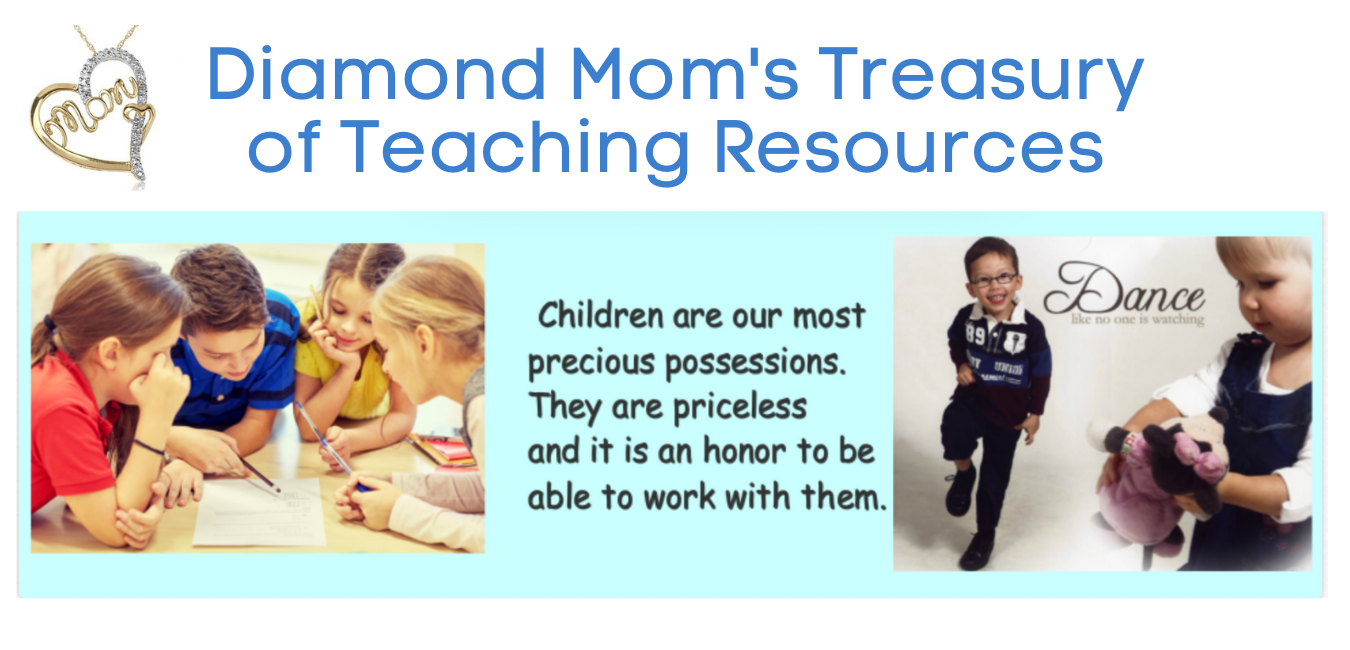








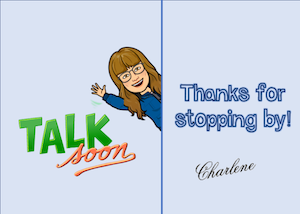

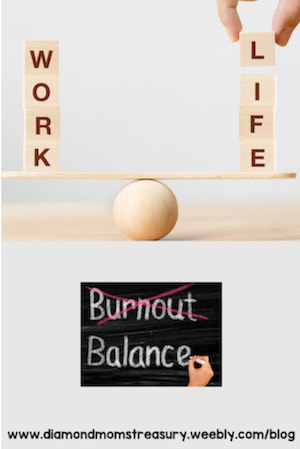







































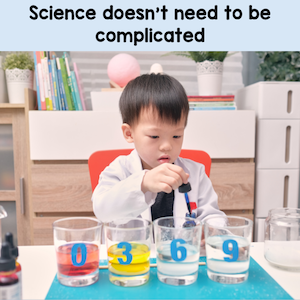
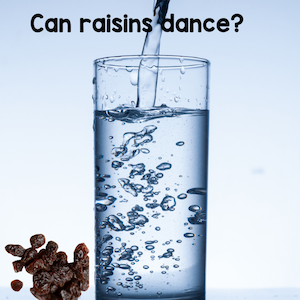
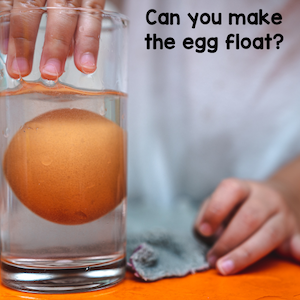
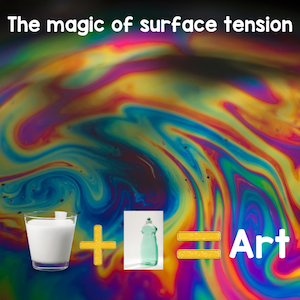
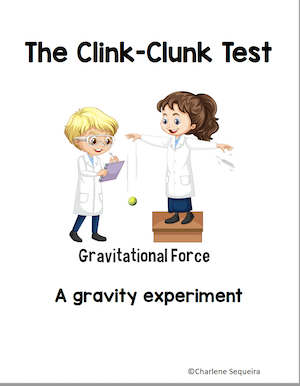
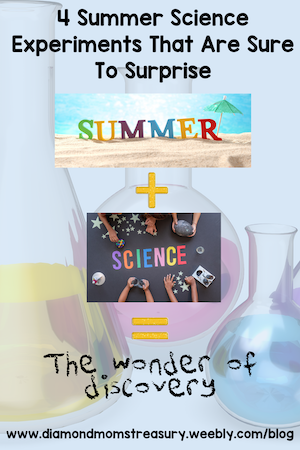

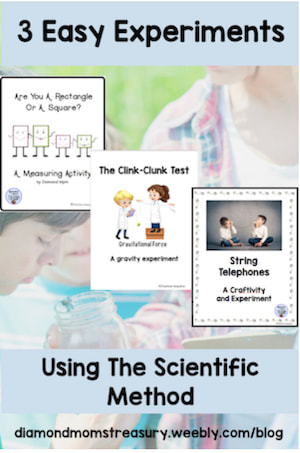
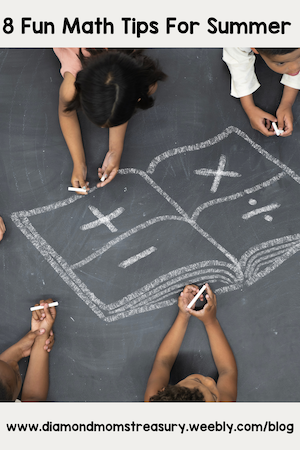
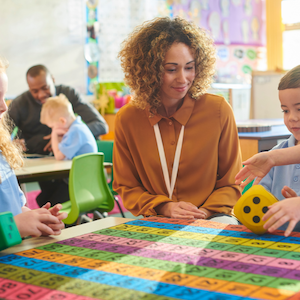
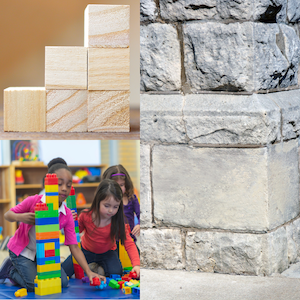
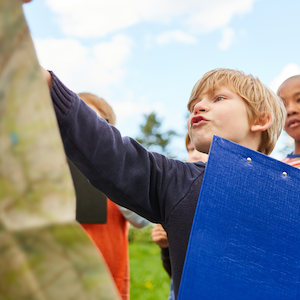
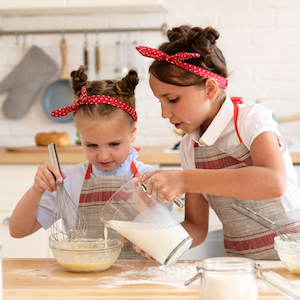
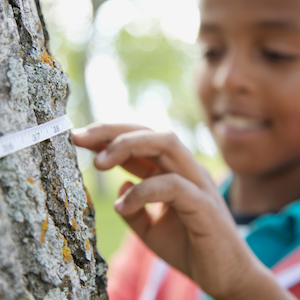
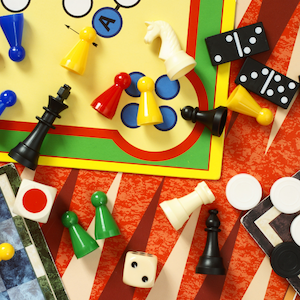
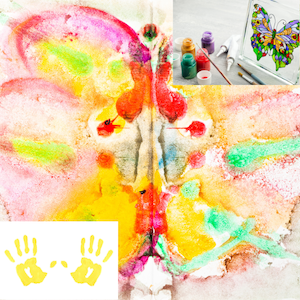
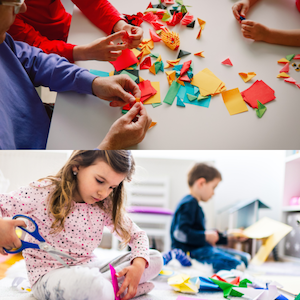
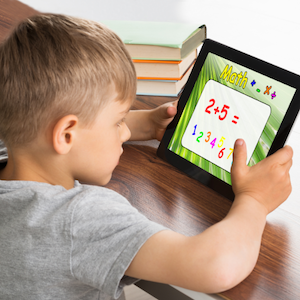
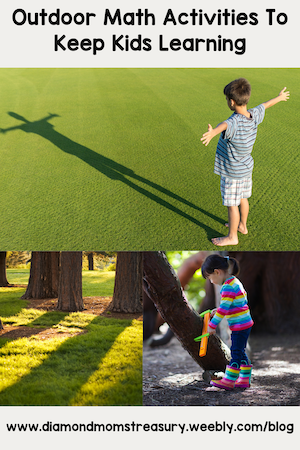
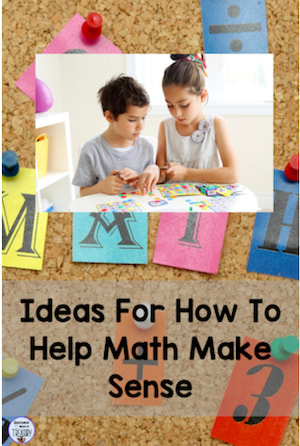
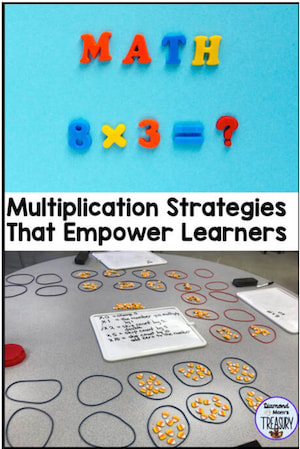
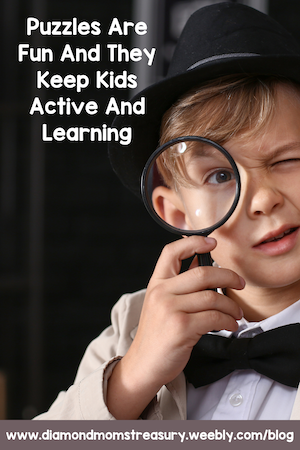

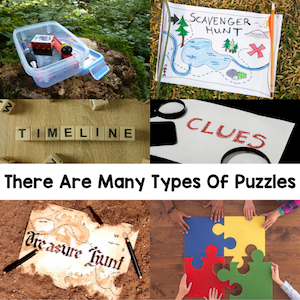

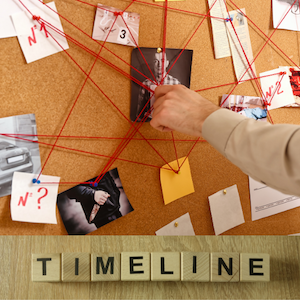
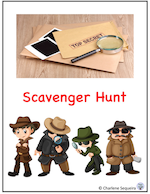
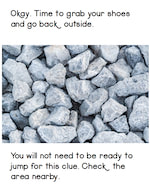






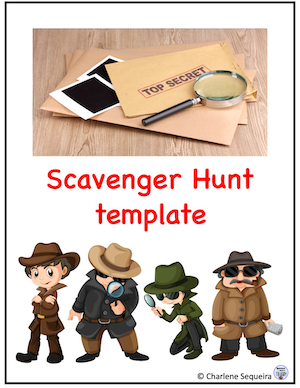
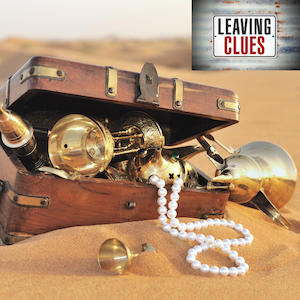
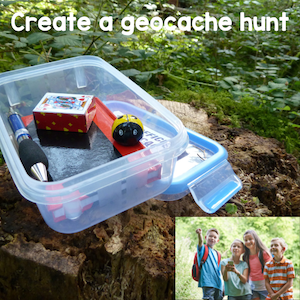

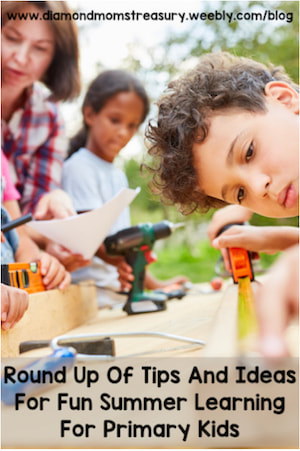
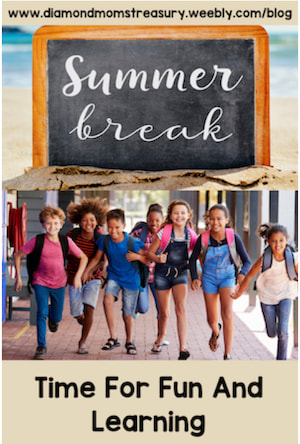
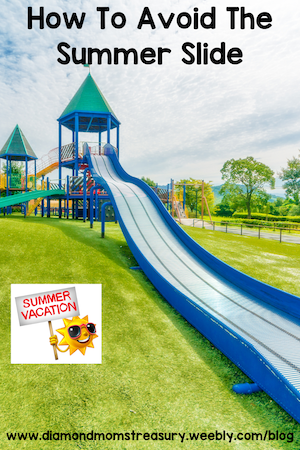
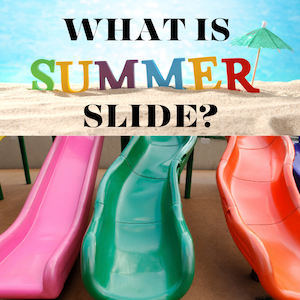
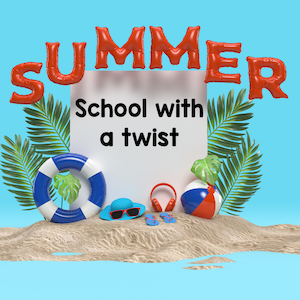
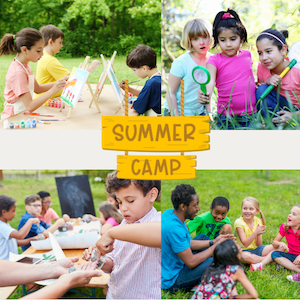
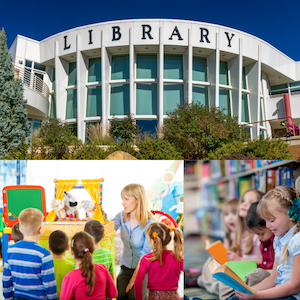
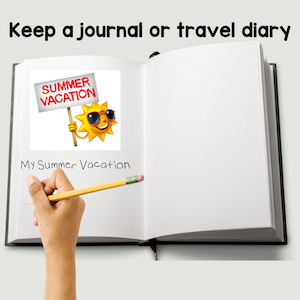
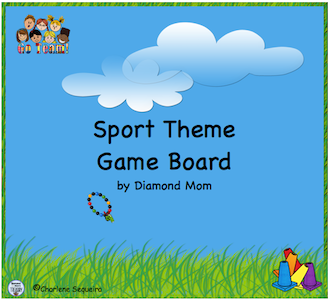
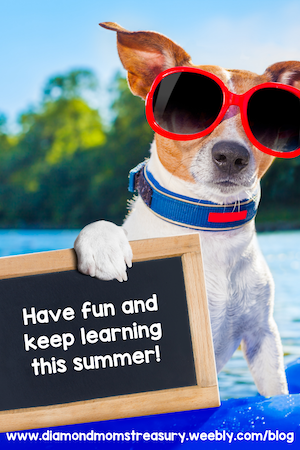
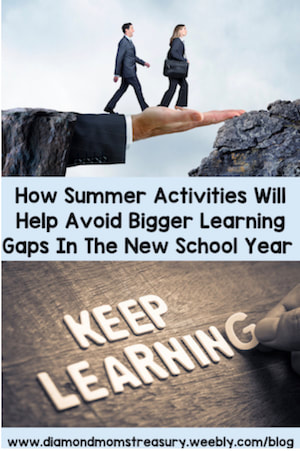
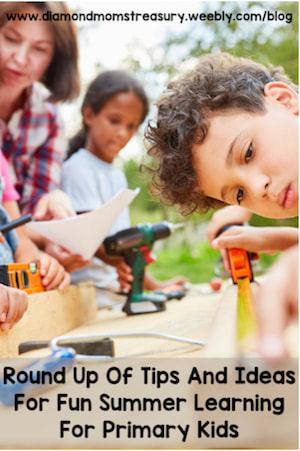
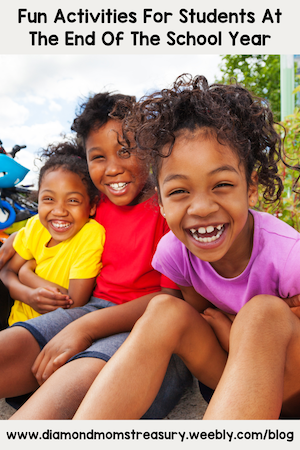
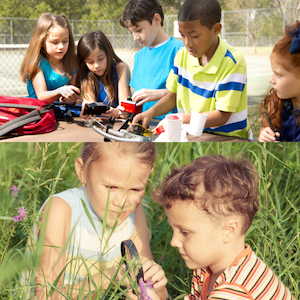
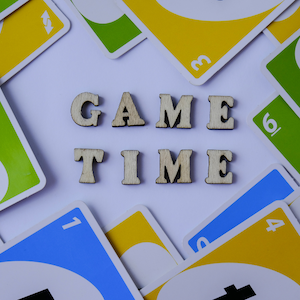
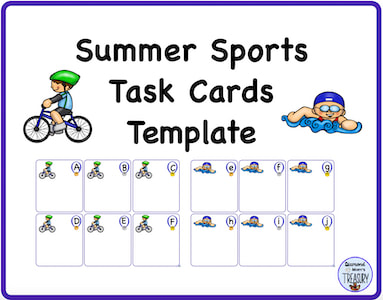

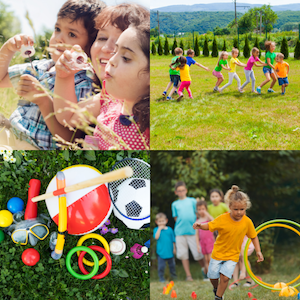

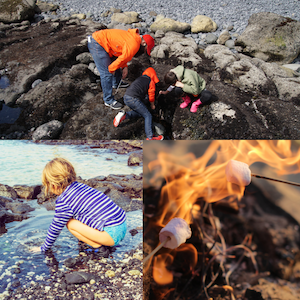
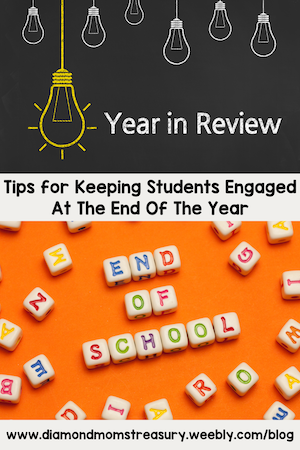
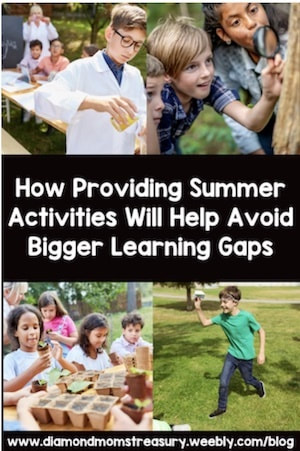

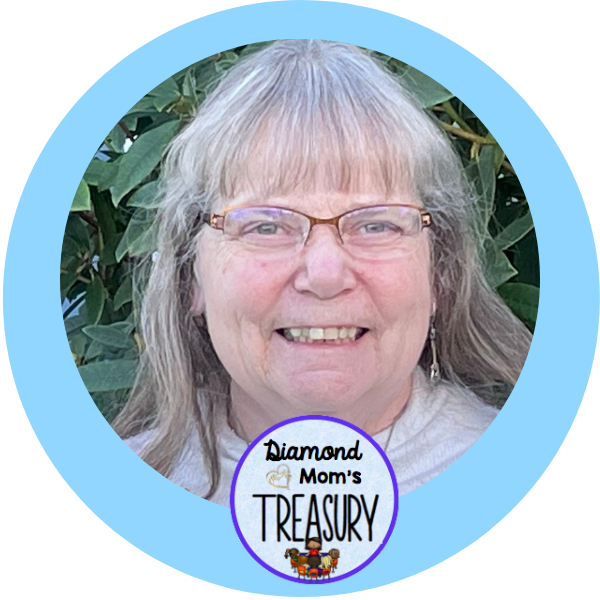


 RSS Feed
RSS Feed